All,
Over the last few months I have acquired a few fun restoration projects that I am finally getting started on working on. This will require some deep cleanings on the stems of some Barlings, Grabows, Petersons, Castellos, and a wind capped Butz-Choquin. Right now I am working on removing decades worth of oxidation on many stems. Afterwords, I will need to clean them all inside. I have been told that alcohol based cleaners (which I use for all my shanks, etc. so far) should not be used on Acrylic stems. So my question is this: How does one tell what material a stem is made out of? They all just look like black plastic to me, so how do I know which ones are Acrylic vs. Vulcanite, Ebonite, Lucite, Kryptonite, Meteorite, etc?
Once I get this figured out, it'll be back to youtube to learn how to sand out dings and scratches and refinish/stain briar. Let the journey begin....
Thanks!
Over the last few months I have acquired a few fun restoration projects that I am finally getting started on working on. This will require some deep cleanings on the stems of some Barlings, Grabows, Petersons, Castellos, and a wind capped Butz-Choquin. Right now I am working on removing decades worth of oxidation on many stems. Afterwords, I will need to clean them all inside. I have been told that alcohol based cleaners (which I use for all my shanks, etc. so far) should not be used on Acrylic stems. So my question is this: How does one tell what material a stem is made out of? They all just look like black plastic to me, so how do I know which ones are Acrylic vs. Vulcanite, Ebonite, Lucite, Kryptonite, Meteorite, etc?
Once I get this figured out, it'll be back to youtube to learn how to sand out dings and scratches and refinish/stain briar. Let the journey begin....
Thanks!



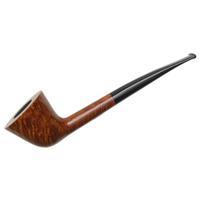
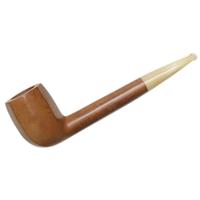
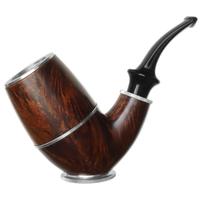
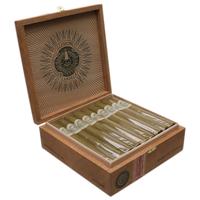
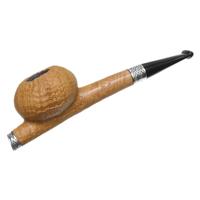




.gif)